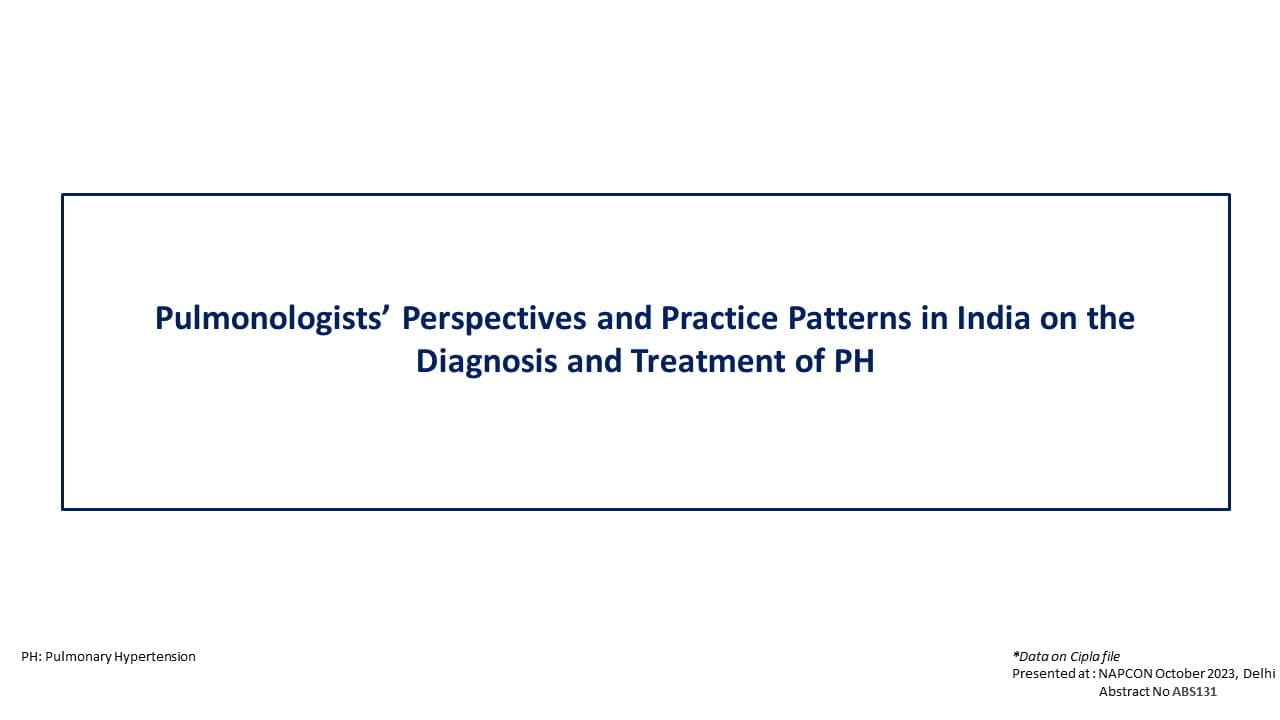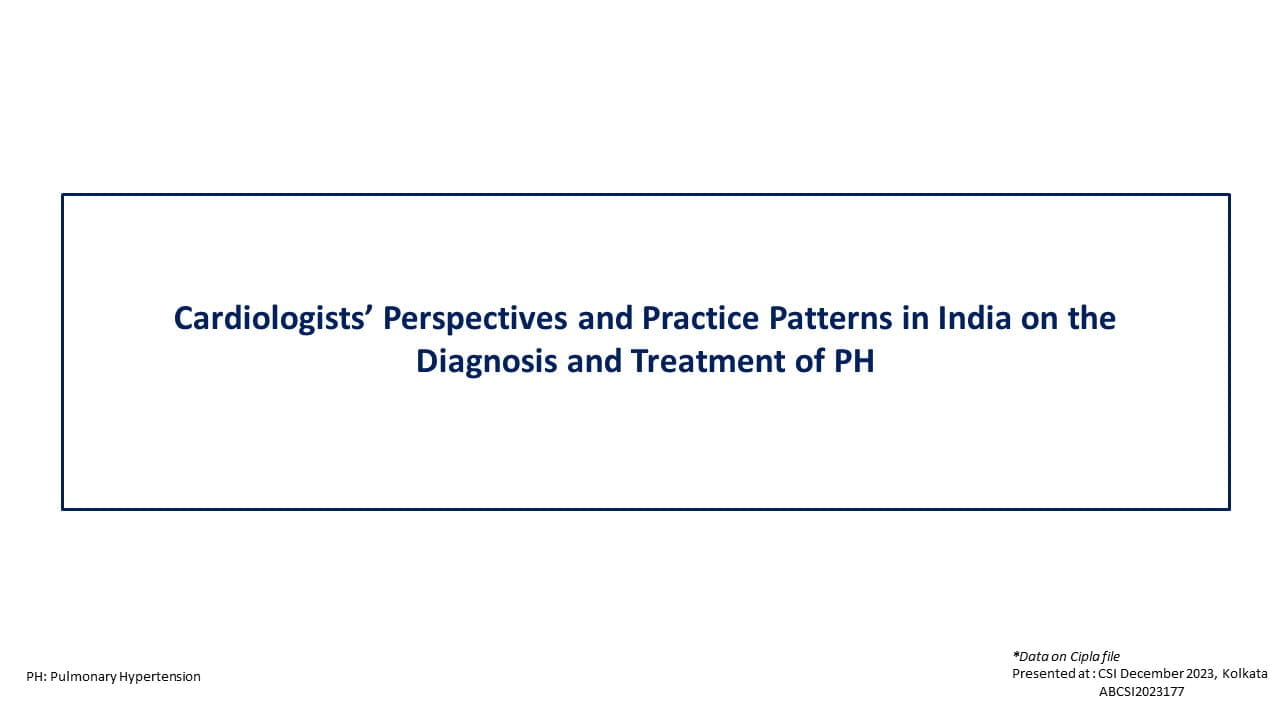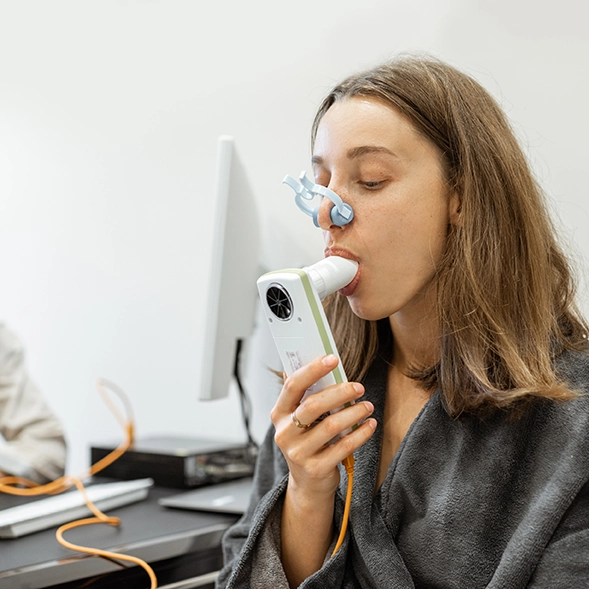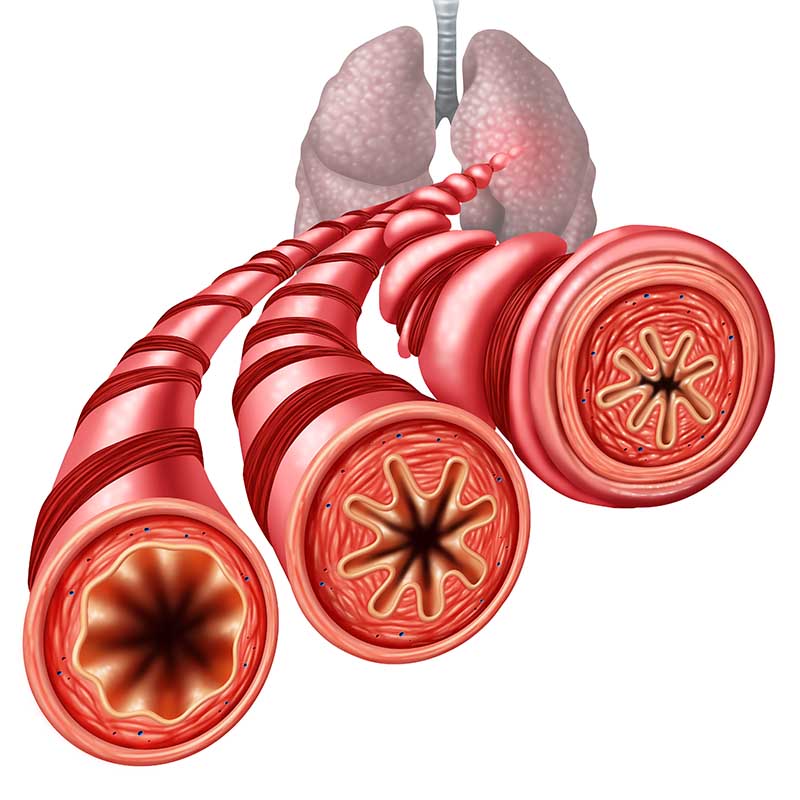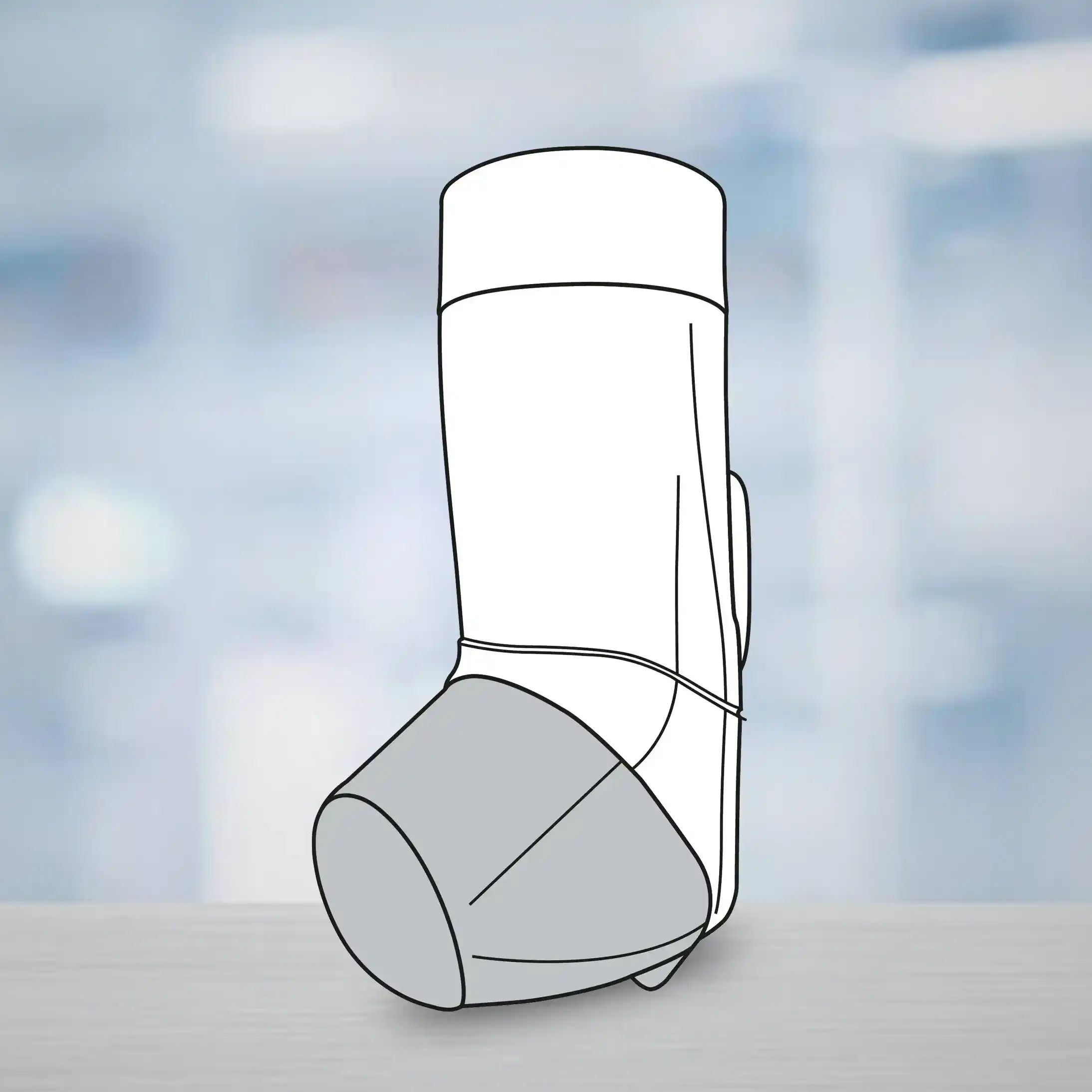Ipratropium Bromide Combined with Salbutamol Reduces Risk of Hospital Admission in Asthmatic Children and Adolescents
6 Jan, 22
Introduction
Several guidelines recommend addition of ipratropium bromide (IB), a short-acting muscarinic acetylcholine receptor antagonist, to short-acting ?2 agonist (SABA) as an optional treatment for asthmatic children and adolescents with acute exacerbation. Combination of IB and SABA has demonstrated lower risk of hospitalization and better clinical outcomes than SABA alone in children and adolescents with moderate-to-severe asthma. However, there is no consistency in its usage in clinical practice.
Aim
This systematic review and meta-analysis were conducted to assess the efficacy and safety of IB + salbutamol in the treatment of asthma in children and adolescents.
Method
Study Design
- Systematic review and meta-analysis.
Treatment Strategy
- Electronic search on MEDLINE, Embase, Cochrane Library and other Chinese biomedical databases was carried out.
- Randomized controlled trials (RCTs) in children and adolescents (≤18 years) with asthma who received IB + salbutamol or salbutamol alone were included.
- Hospital admission and adverse events were the primary outcomes.
- Subgroup analysis was performed for primary outcomes based on age, severity of asthma, and co-interventions with other asthma controllers.
End Points
Primary Endpoints
- Risk of hospital admission
- Adverse events (AEs)
Secondary Endpoints
- Change from baseline of predicted % forced expiratory volume in 1 sec (FEV1)
- % Change from baseline of FEV1
- Change from baseline in pulmonary resistance
- Clinical Score
- Oxygen saturation
- Need for additional medication
- Specific AEs
- Relapse rate
Results
- The meta-analysis included 55 out of 1061 identified studies with 6396 participants.
- The 55 RCTs included were from both developing and developed countries, including Australia, China, Canada, Chile, Greece, India, Mexico, Pakistan, Spain, Turkey, Thailand, the United Kingdom, and the United States.
- The risk of hospital admission was significantly lower in the group treated with IB + salbutamol than with salbutamol alone (risk ratio [RR] 0.79; p = 0.01).
- There was a significant reduction in the risk of hospital admission in subjects with severe asthma exacerbation (RR 0.73; p = 0.0001) and moderate-to-severe exacerbation (RR 0.69; p = 0.03) in the IB + SABA group, as per the subgroup analysis.
- The differences were insignificant in the age subgroup and cointervention subgroup.
- The incidence of AEs was comparable among the 2 groups (RR 1.77). No significant differences in the risk of adverse events between IB + salbutamol group and salbutamol alone group were observed.
- A meta-analysis could not be performed due to inconsistent reporting of respiratory and clinical outcomes. A descriptive synthesis of secondary outcomes was performed.
- The incidence of nausea was significantly less in the IB + SABA group (p=0.02)
- The differences in oxygen saturation, relapse rate and need for additional medication were insignificant.
Conclusions
- Treatment with ipratropium bromide and salbutamol reduced the risk of hospital admission and might improve clinical outcomes, especially in children and adolescents with severe and moderate to severe asthma exacerbation.
- Nevertheless, well-designed, double-blind RCTs with large sample size are needed for research to assess the efficacy of this combination in the treatment of asthmatic children and adolescents.
PLoS One. 2021; 16(2): e0237620.


